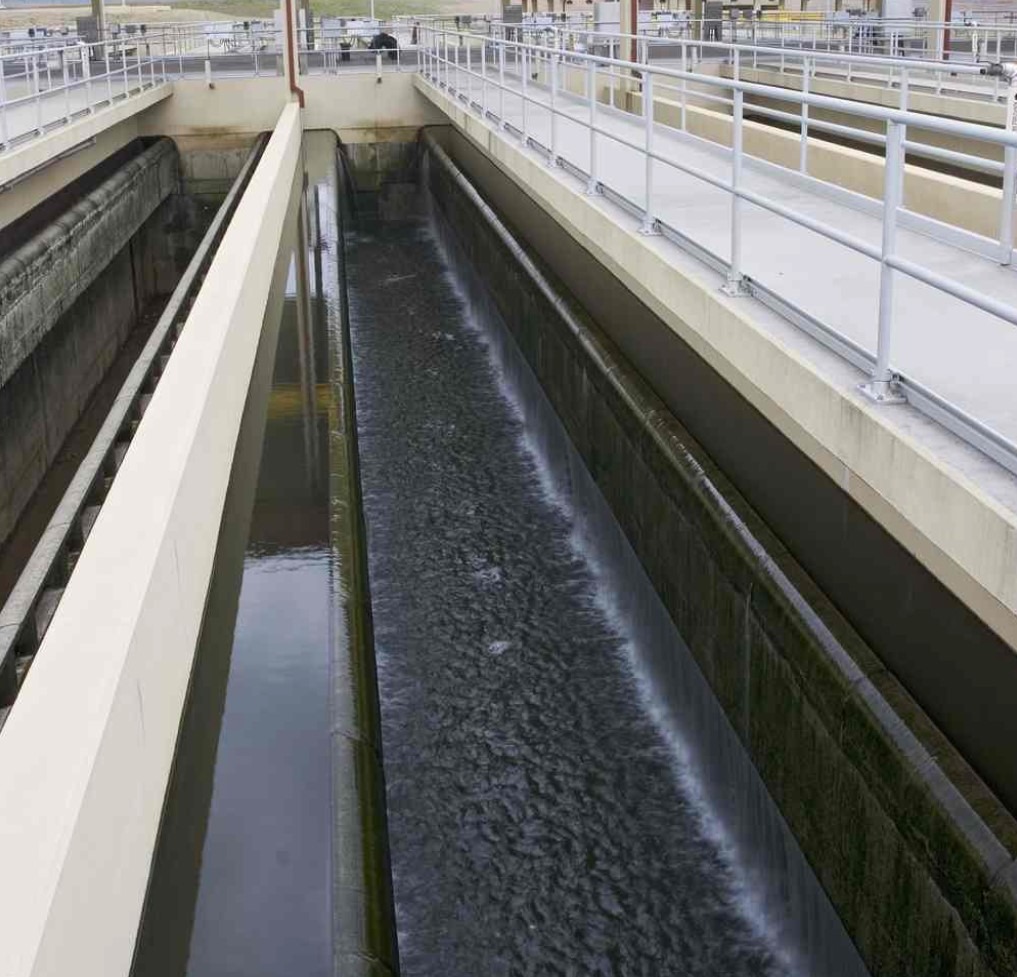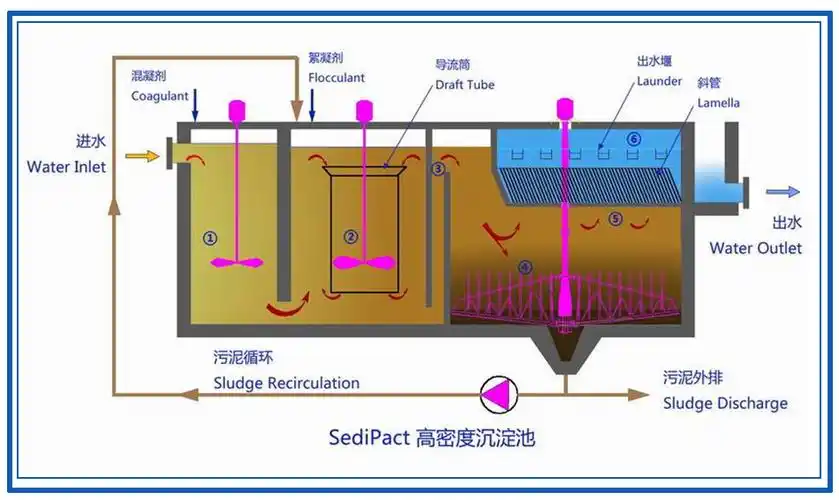1. A contact tank is a key unit used in wastewater treatment in chemical equipment. It primarily disinfects the effluent from the sedimentation tank. It inactivates harmful microorganisms by extending the contact time between the wastewater and the disinfectant.
2. The principle of a contact tank is to utilize the attachment and growth of the filler within the tank to adsorb and biodegrade suspended particles and dissolved substances in the wastewater, thereby achieving wastewater purification.
3. Classification of Contact Tanks
Contact tanks are generally classified into various types, including traditional activated sludge contact oxidation tanks and newer biofilm contact oxidation tanks. They offer advantages such as simple structure, low operating costs, and excellent treatment effects.
4. Applications of Contact Tanks
Contact tanks are widely used in wastewater treatment in municipal, industrial, and hospital settings. In municipal wastewater treatment, contact tanks are typically used as secondary biochemical treatment equipment to remove organic pollutants from wastewater. In industrial wastewater treatment, contact tanks are often used to treat industrial wastewater containing high concentrations of organic matter from industries such as textiles, printing and dyeing, and leather, offering high treatment efficiency and low operating costs.
5. Operation and Maintenance of Contact Tanks
Contact tanks are crucial for the stability of wastewater treatment results and the lifespan of the equipment. Typically, the contact tank fillings must be cleaned, updated, and maintained regularly; the equipment must be inspected, repaired, and maintained; and various treatment indicators must be monitored, recorded, and analyzed. Furthermore, operators must receive necessary technical and safety training to ensure safe production and the efficiency and quality of wastewater treatment.





